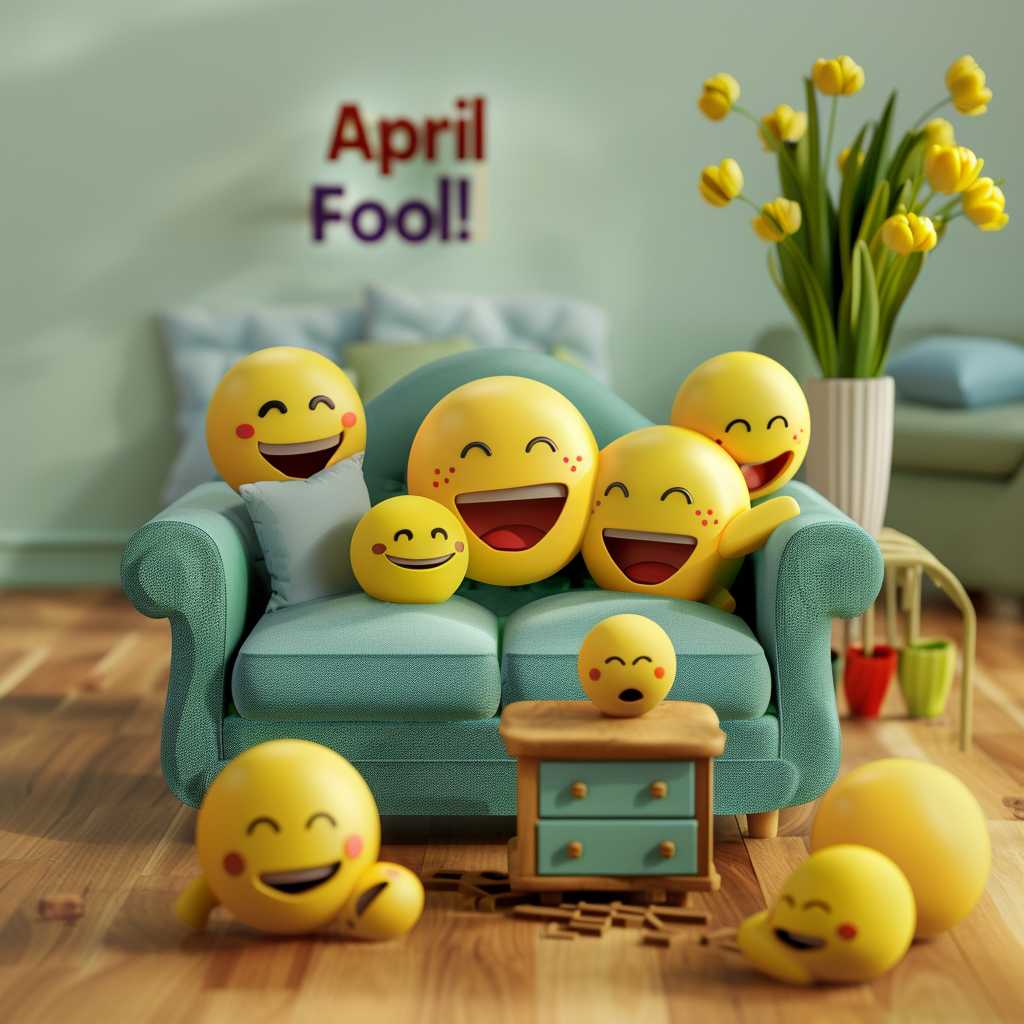April Fools’ Day: A Tradition of Pranks and Humor
April Fools’ Day, falling on the 1st of April each year, is a day that’s synonymous with jokes, pranks, and an overall spirit of mischievousness. A unique part of our cultural fabric, it is a day when playfulness prevails and people are given an unofficial license to engage in good-natured deception. This article offers an extensive look at the custom of foolery that takes place every April 1st, examining its origins, showcasing some well-executed pranks from history and concerningly prevalent hoaxes relevant to public awareness.
The Historical Backdrop of April Foolery
The origin of April Fools’ Day is somewhat shadowy, with several theories connected to history and cultural practices. Some historians link it to festivals such as Hilaria, a celebration in ancient Rome during late March where people disguised themselves. Others draw connections to the vernal equinox when Mother Nature is said to fool people with unpredictable weather.
Yet another theory suggests that it began when the adoption of the Gregorian calendar moved New Year’s Day from the end to the beginning of the year. Those who didn’t follow or hear about this change, or chose to reject it, celebrated the new year during the old dates and were thus considered ‘April fools.’
Cultural Variations and Popular Pranks
April Fools’ Day is not just confined to one area of the world; different cultures have various customs for this day of jest. In France, children tape paper fishes to the backs of their friends, shouting ‘Poisson d’avril!’ (April fish) when their prank is discovered. Scotland calls it ‘Hunt-the-Gowk Day,’ although the second day involves sending individuals on fake errands known as ‘Tailie Day.’
Some pranks have gone down in history for their ingenuity and impact. One notable instance occurred in 1957 when the BBC broadcast a report showing Swiss farmers picking freshly-grown spaghetti from trees, leading many viewers to seek out their own spaghetti plants. The 1996 Taco Bell “Liberty Bell” joke where they claimed they’d purchased and renamed the Liberty Bell drew chuckles nationwide in the United States.
Challenges in a Digital Age
With the rapid spread of information via social media and digital platforms, April Fools’ jokes now have a more significant potential to misinform audiences on a large scale. Corporations must balance creativity with responsibility to avoid causing distress or confusion.
Contemporary pranks have hence adapted, often using online media as a powerful tool. Google, famous for its annual pranks like “Google Gnome” or “Bad Jokes Detector,” reminds us that simplistic humor adapts seamlessly into the fabric of modern technology.
Public Reaction and Acceptance
While many embrace April 1st with enthusiasm and humor, it’s worth noting that not everyone is a fan. Indeed, for some individuals and societies that place high value on honesty, this day can be exasperating.
Furthermore, with the rise of fake news and its consequences on public opinion and behavior, discerning fact from jest has become an essential skill on April Fools’ Day. Such prudence ensures genuine hilarity rather than unwanted deception.
Notes
*Image Description*
A mocked-up scene depicting several smiley faces modeled on classic emoticons engaged in light-hearted ruses such as swapping furniture or sneaking up behind one another ready to announce “April Fool!” provides visual whimsy especially suitable for an article on this topic.

